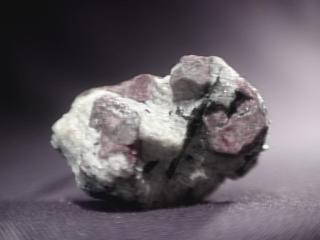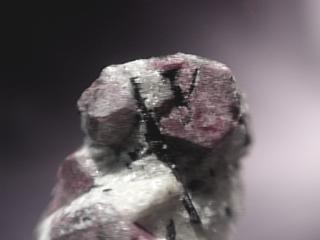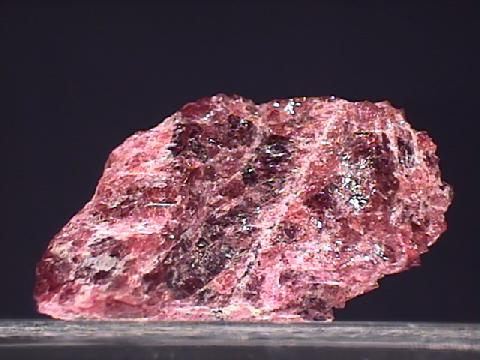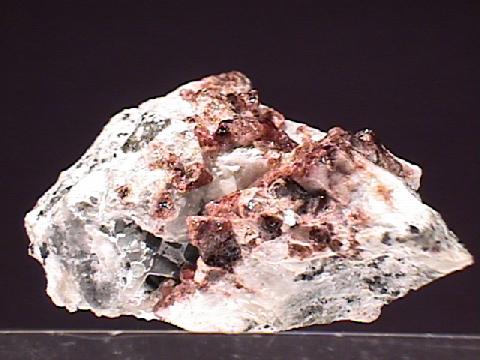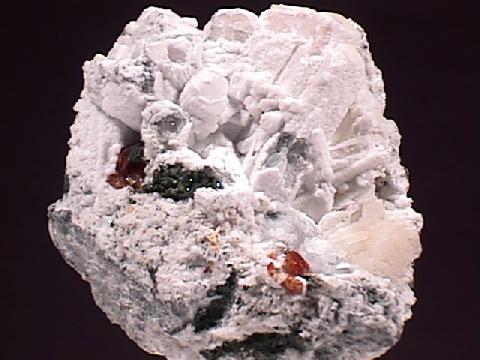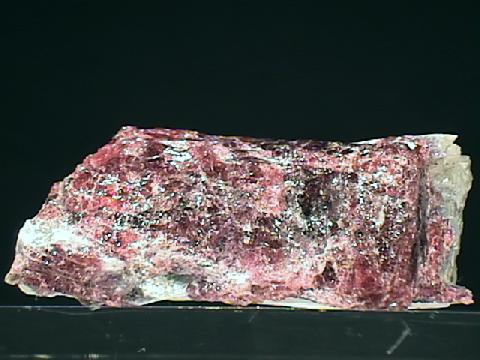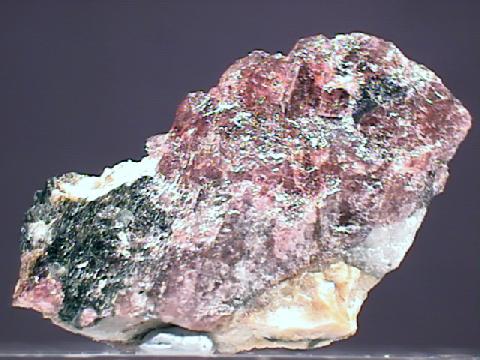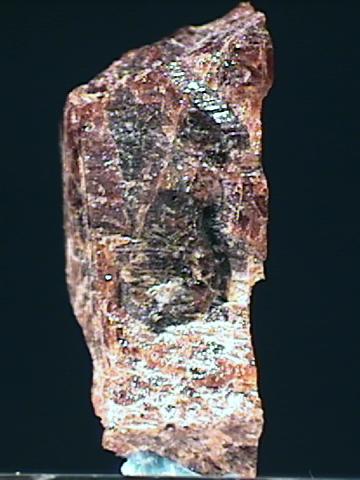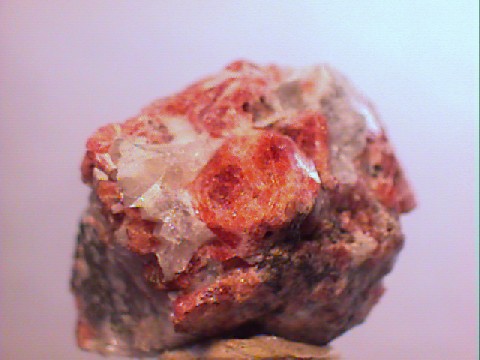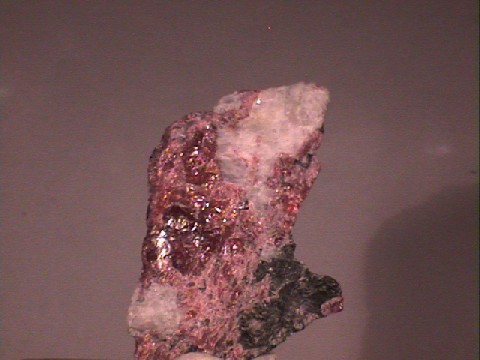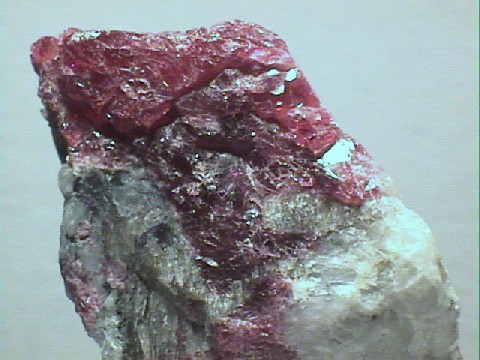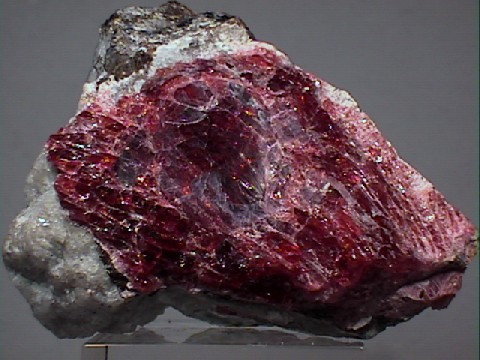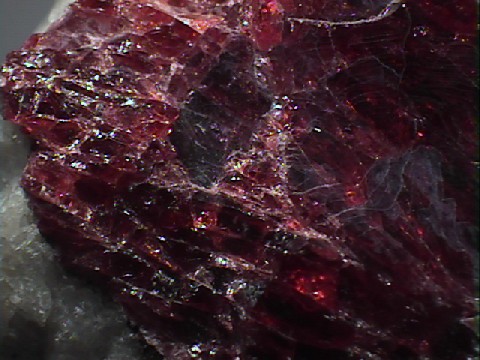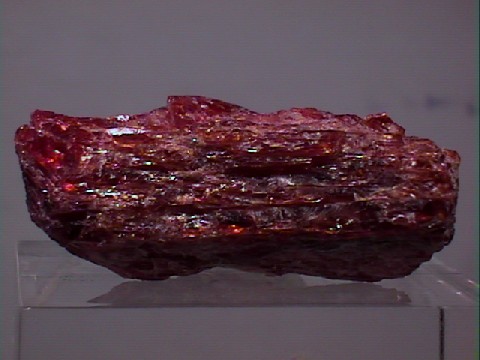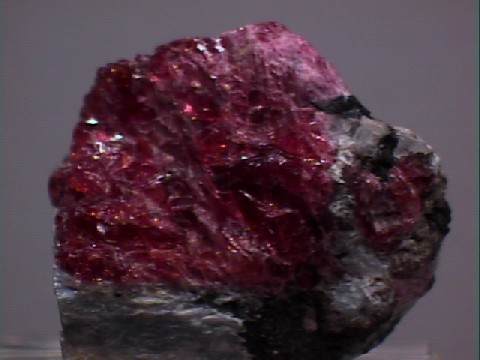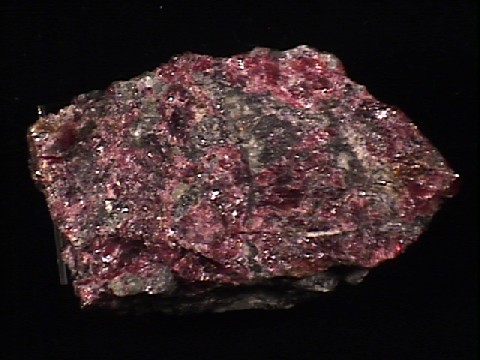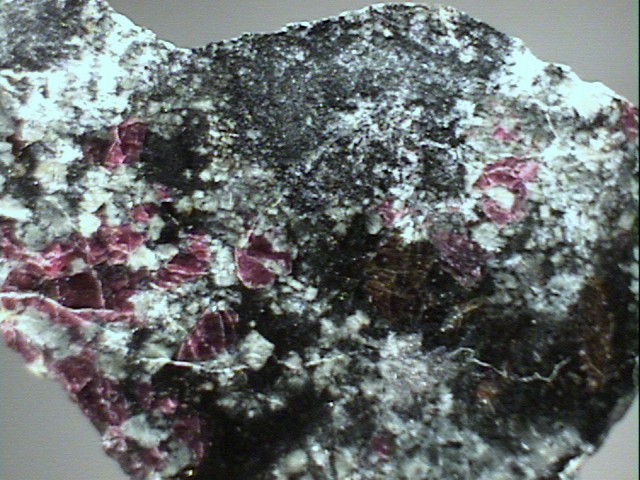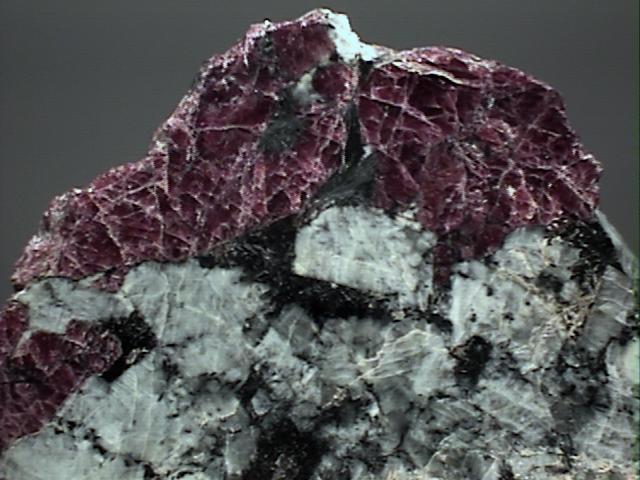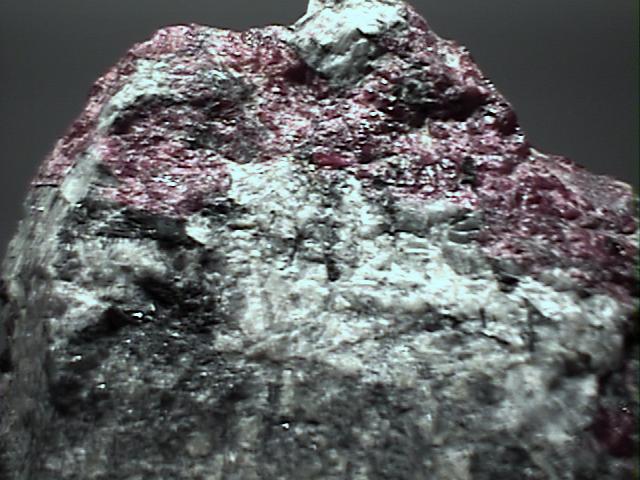 THE MINERAL EUDIALYTE
THE MINERAL EUDIALYTE
- Chemistry: Na4(Ca, Ce, Fe, Mn)2ZrSi6O17(OH, Cl)2, Sodium Calcium Cerium Iron Manganese Zirconium Silicate Hydroxide Chloride
- Class: Silicates
- Subclass: Cyclosilicates
- Uses: As mineral collection specimens and rarely cut as a gemstone.
Specimens
The site at Kola Peninsula is one of several sites around the world that have a strange assortment of igneous minerals and are referred to as Agpaitic Pegmatites. These sites are unusually rich in alkali metals especially sodium. They also tend to be rich in what are sometimes termed "difficult elements", elements that are large and/or have unusual charges. These elements do not fit well into ordinary minerals and are thus excluded from earlier crystallized minerals and must wait for their opportunity to crystallize later. Examples of difficult elements are zirconium, beryllium, strontium, cerium, niobium, thorium, barium, yttrium and other rare earth elements. These normally scarce elements become highly concentrated, relatively speaking, and form some unique and wonderful mineral species. Eudialyte is an example of an unusual mineral that comes from these mineralogically unique sites. Not only is it rich in sodium, but has zirconium, cerium and often traces of yttrium in its structure. Eudialyte is considered to be a potential source of zirconium in the future.
PHYSICAL CHARACTERISTICS:
- Color varies from red-violet, pink, blue, yellow and a light brown.
- Luster is vitreous.
- Transparency: Crystals are translucent to transparent.
- Crystal System is trigonal; bar 3 2/m.
- Crystal Habit is typically embedded grains and distorted rhombohedral crystals.
- Cleavage is poor in one direction (basal).
- Fracture is uneven.
- Hardness is 5 - 5.5
- Specific Gravity is 2.9 (average)
- Streak is white.
- Other Characteristics: Crystals tend to be fractured and are somewhat brittle.
- Associated Minerals include many rare minerals as well as nepheline, feldspars especially albite, and natrolite, quartz, calcite and aegirine.
- Notable Occurrences include
Mont Saint-Hilaire, Quebec, Canada;
Kola Peninsula, Russia; Kangerdluarsuk and Julianehaab, Greenland; the
Langesundfjord region of Norway; Madagascar and Magnet Cove, Arkansas, USA. - Best Field Indicators are lack of crystal habit, association with aegirine, locality, color and hardness.




